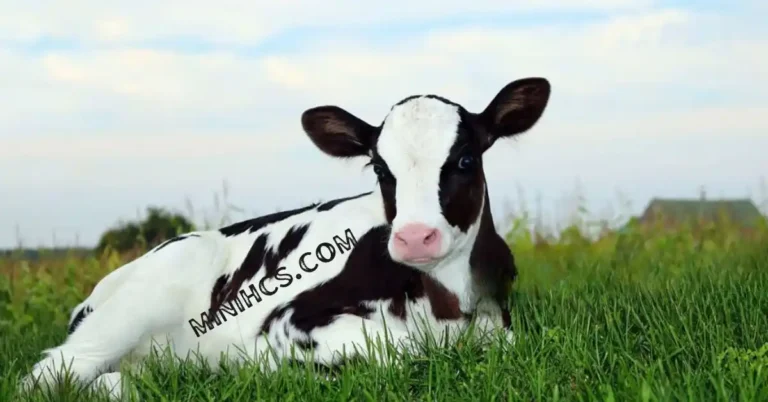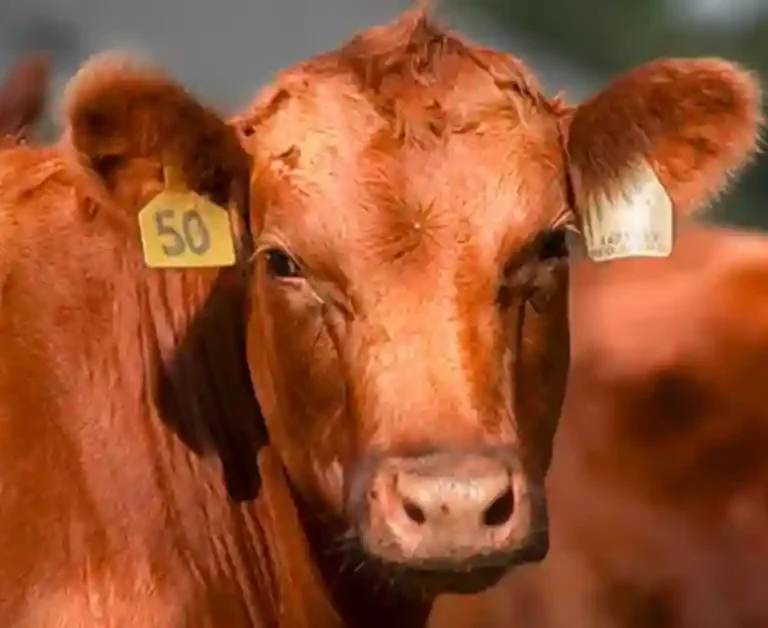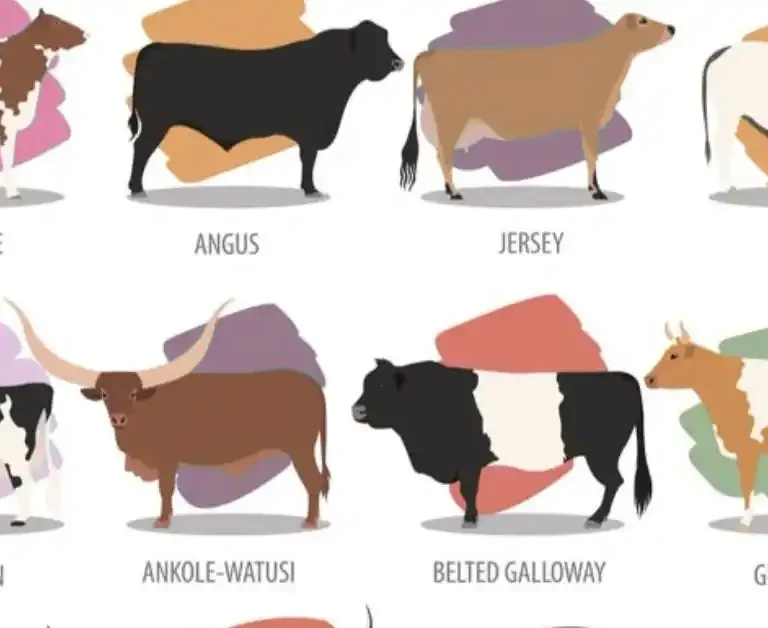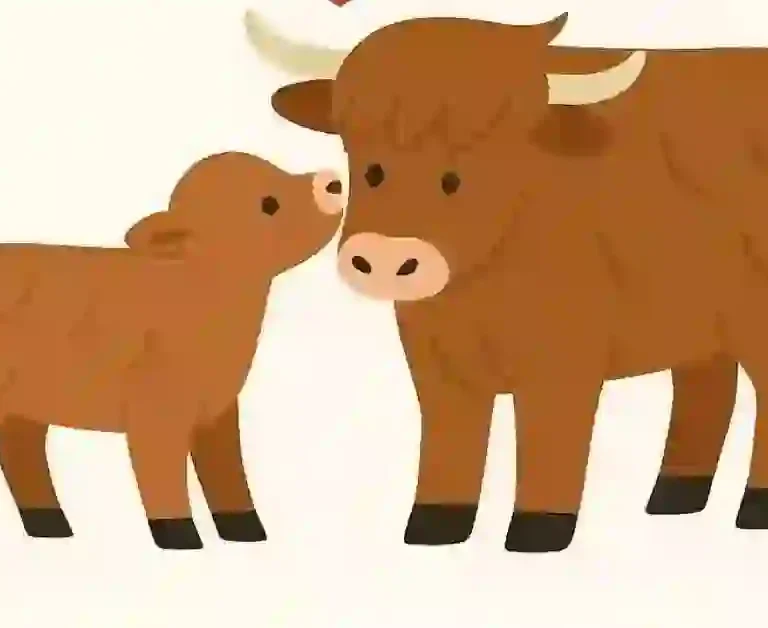Fun Facts and Characteristics of Holstein Friesian Cows

Holstein Friesian cows, also known as Holsteins, are a breed of dairy cattle known for their high milk production and distinctive black and white markings. Originating from the Dutch provinces of North Holland and Friesland, they have become one of the most popular dairy breeds in the world.
The breed has been developed over centuries to become the efficient milk-producing animal it is today. In this article, I will explore the 7 essential Characteristics of Holstein Friesian Cows that make them unique and highly sought after among dairy farmers.
Characteristics of Holstein Friesian Cows
Milk Production
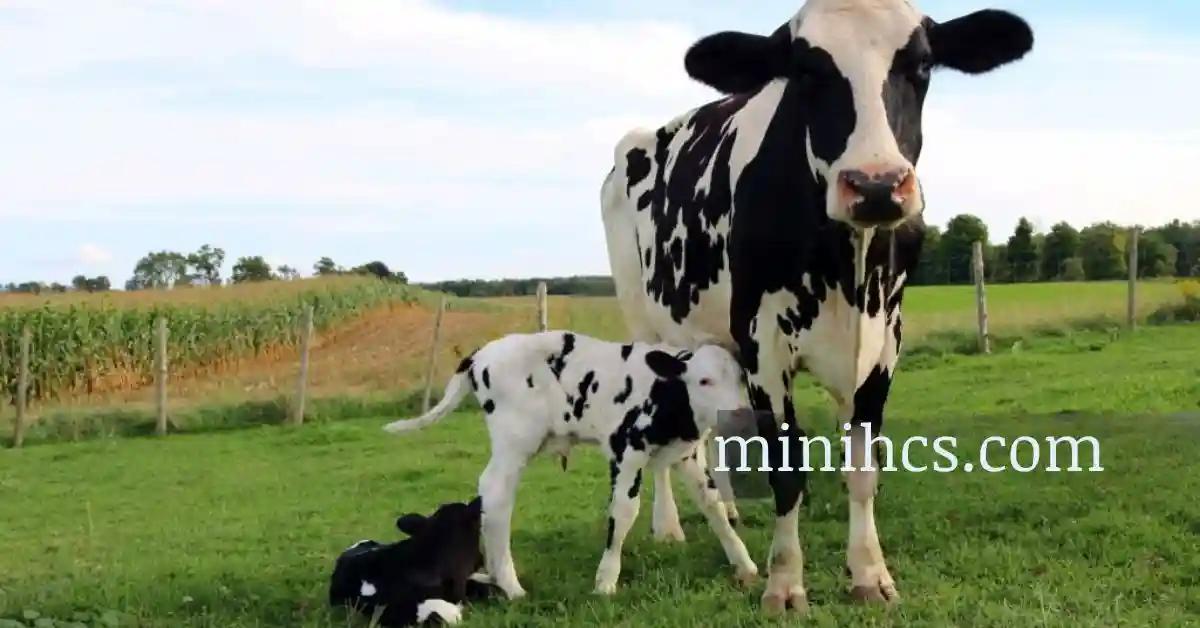
The main reason for the popularity of Holstein Friesian cows is their exceptional milk production. On average, a Holstein cow can produce 23,000 pounds of milk per lactation, making it the highest-producing breed among dairy cows.
This amount is almost double that of other dairy breeds, such as Jersey cows. The milk produced by Holstein cows is also high in protein and low in butterfat, making it ideal for producing various dairy products, including cheese, butter, and yogurt.
One reason for their high milk production is their large size. Holstein cows typically weigh between 1,500 and 1,800 pounds, with some reaching up to 2,000 pounds.
This larger size allows for a more giant udder and mammary tissue, producing more milk per cow. Additionally, Holstein cows have been selectively bred for generations to increase their milk production, making them the most efficient dairy cows in the world.
Adaptability
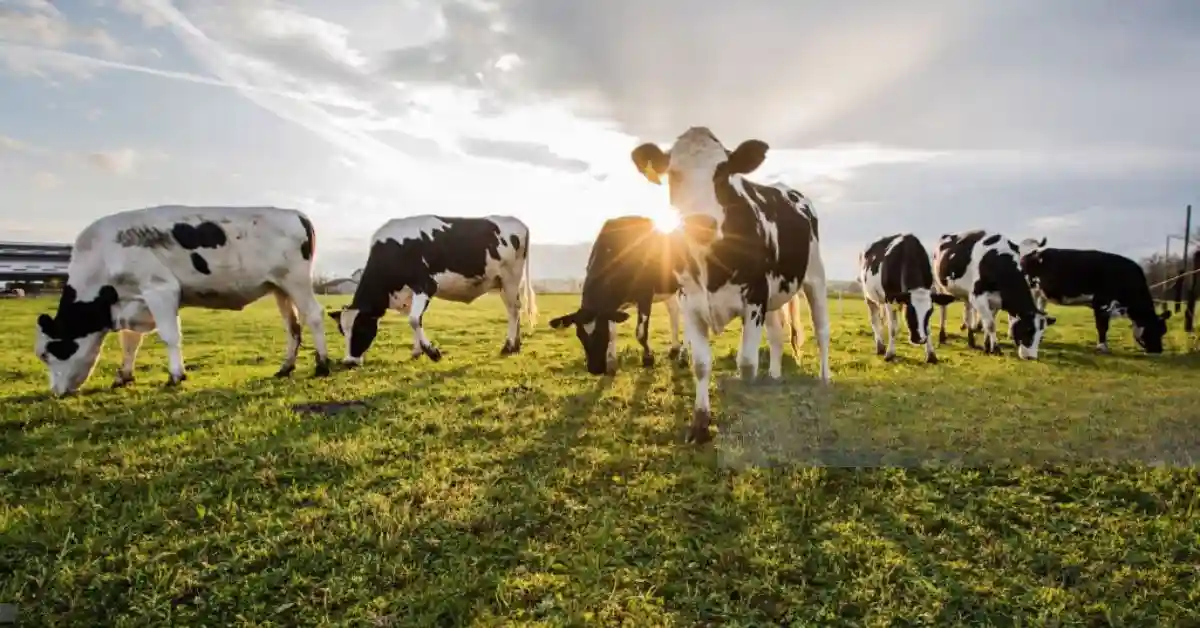
Holstein Friesian cows are highly adaptable to different climates and environments. This quality is attributed to their origins in the Netherlands, known for its relaxed, damp climate. As a result, Holstein cows have thicker skin and larger body mass, which helps them thrive in colder climates.
However, as they have migrated to different parts of the world, they have adapted to warmer climates. Moreover, Holstein Friesian cows are also adaptable to other production systems, whether grazing on pasture or being kept in a barn.
They are also versatile in their diet, and various feeds are fed to optimize their milk production. This adaptability makes them an ideal breed for dairy farmers worldwide, regardless of location or management practices.
Calving Ease

Another essential characteristic of Holstein Friesian cows is their ease of calving. Due to their large size, this breed has a wider pelvic area and a more significant birth canal, making the calving process smoother and more accessible.
Holstein cows have a genetic predisposition for calving ease, making them less prone to dystocia (difficult birth). This quality is highly desirable for dairy farmers, as it means less stress and potential complications during the calving season.
Furthermore, Holstein Friesian cows are also known for their long lifespan, with an average productive life of about 5 to 6 years. This longer lifespan allows them to produce more offspring, contributing to the dairy industry’s sustainability.
Disease Resistance
Holstein Friesian cows are bred for their genetic resistance to diseases, making them less susceptible to common ailments such as mastitis and metabolic disorders. They also have a high resistance to heat stress, allowing them to thrive in warmer climates.
Additionally, Holstein cows have a robust immune system, making them less prone to diseases, resulting in lower veterinary costs for dairy farmers. This disease resistance is beneficial not only for the cows but also for the consumer. Holstein cow’s milk is known to be of high quality, contains fewer somatic cells, and is, therefore, less likely to have any bacterial contamination.
Fertility
Fertility is critical for dairy farmers, and Holstein Friesian cows have a proven track record. They have excellent reproductive efficiency, with an average calving interval of 13 to 14 months. This means they can calve once every year, providing a constant milk supply.
Moreover, Holstein cows have a higher twinning rate than other dairy breeds, resulting in more offspring and higher milk production. Furthermore, Holstein Friesian cows have good heat detection and a strong libido, making them more likely to conceive.
They also have a longer breeding life compared to other dairy breeds, allowing them to produce more offspring and contribute to the profitability of dairy farms.
Docile Nature
Another essential characteristic of Holstein Friesian cows is their docile nature. They are known to be calm, gentle, and easy to handle, making them a favorite among dairy farmers. This quality makes it easier for farmers to perform routine tasks such as milking, health checks, and artificial insemination with minimal stress to the cows.
Moreover, the docility of Holstein cows also positively impacts their milk production. When cows are stressed or anxious, they produce less milk, which can significantly impact a farm’s profitability. The docile nature of Holstein cows allows them to stay calm and comfortable, resulting in higher milk yields.
High-Quality Genetics
Holstein Friesian cows have a well-developed and monitored genetic pool, which ensures the consistency and quality of the breed. The breed’s genetic registry has been in place since the late 1800s, making it one of the oldest and most well-established in the world.
The registry tracks and selects desired traits, such as milk production, fertility, and disease resistance, ensuring that the next generation of Holstein cows is even better than the previous one.
Moreover, dairy farmers can purchase Holstein calves from reputable breeders with documented lineages and genetic records, giving them confidence in the quality and potential of their herd.
fun facts about Holstein cows
Origin
The Holstein cow breed originated in the Netherlands, specifically in Friesland. The breed was named after the region of Holland named Holstein, where they were first bred. In the late 1800s, Holstein cows were imported to the United States and quickly gained popularity due to their large size and exceptional milk production.
Black and White Coloration
It’s no secret that Holsteins are known for their distinctive black-and-white markings. But did you know that each cow’s exact black-and-white pattern is unique and similar to a human fingerprint?
This unique coloration makes it easier for farmers to identify and keep track of their cows.
Another interesting fact about their markings is that the black-and-white coloring is not evenly distributed on their bodies.
Some may have more black than white, and vice versa. The amount and distribution of black-and-white markings are determined by genetics, similar to human hair and eye color.

High Milk Production
Holstein cows are widely recognized for their exceptional milk production. A Holstein cow produces around 22,000 pounds of milk yearly, more than any other dairy cow breed. Their milk has a high butterfat and protein content, making it ideal for dairy products like cheese, butter, and ice cream.
Regarding milk quantity, Holstein cows hold the record for producing the most milk in just one day. In 2016, a Holstein cow from Wisconsin named Selz Farm Jever produced 74.85 gallons of milk in just 24 hours, breaking the previous record of 72.170 gallons set by another Holstein cow.
The Happy Cow
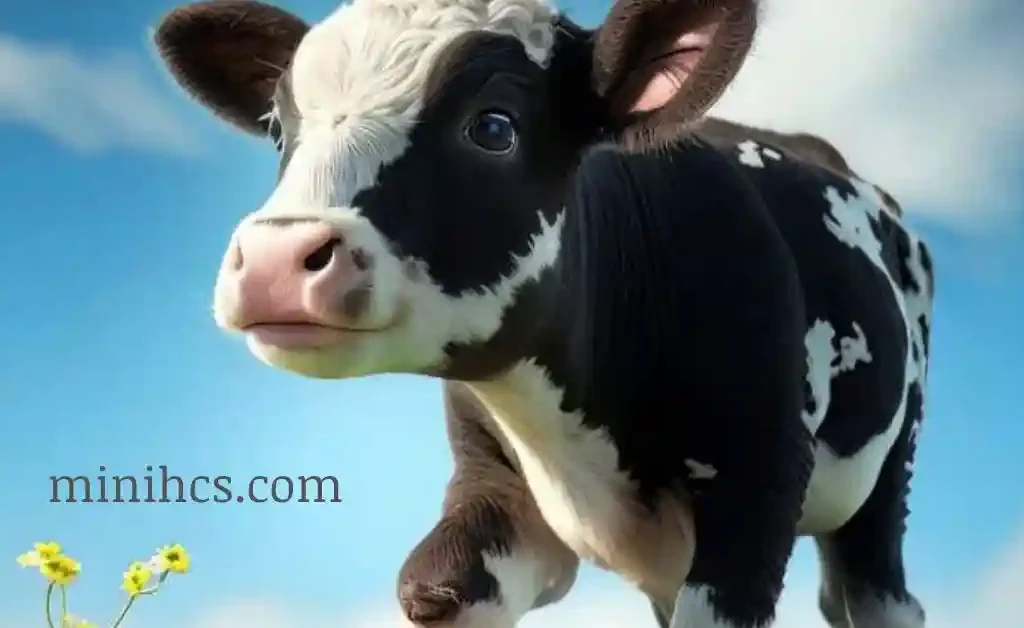
If you look at a Holstein cow, you’ll see that they always seem to be sporting a big grin. This is due to the shape and positioning of their mouth and lips, giving the appearance of a permanent smile. It’s one of the many reasons these cows are nicknamed the “happy cow.”
But don’t let their smile fool you; Holstein cows are severe and focused on food. They are known for being determined and will even push other cows out of the way to ensure they get their fair share of food.
Not Just for Dairy
While Holstein cows are primarily known for their high milk production, they are also used for other purposes. Due to their large size and docile nature, they make excellent work and draft animals. They are also used for their meat and are known for their leaner and darker quality than other beef breeds.
Conclusion
In summary, the Characteristics of Holstein Friesian Cows make them a remarkable breed for dairy farming. With its high milk production, adaptability, calving ease, disease resistance, fertility, docile nature, and high-quality genetics, the Holstein Friesian cow is a top choice among dairy farmers worldwide. These essential attributes ensure a constant milk supply, contribute to farm profitability, and provide consumers with high-quality dairy products.
